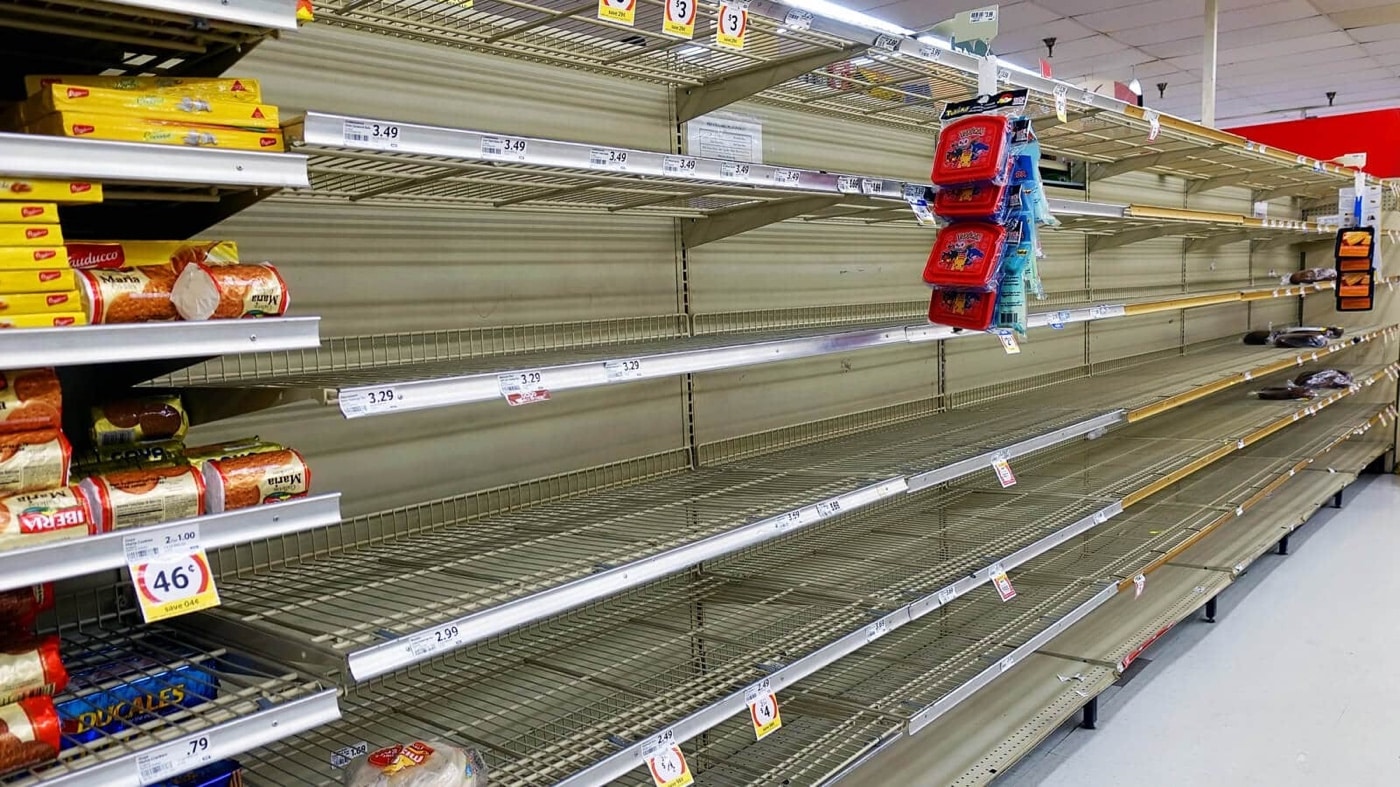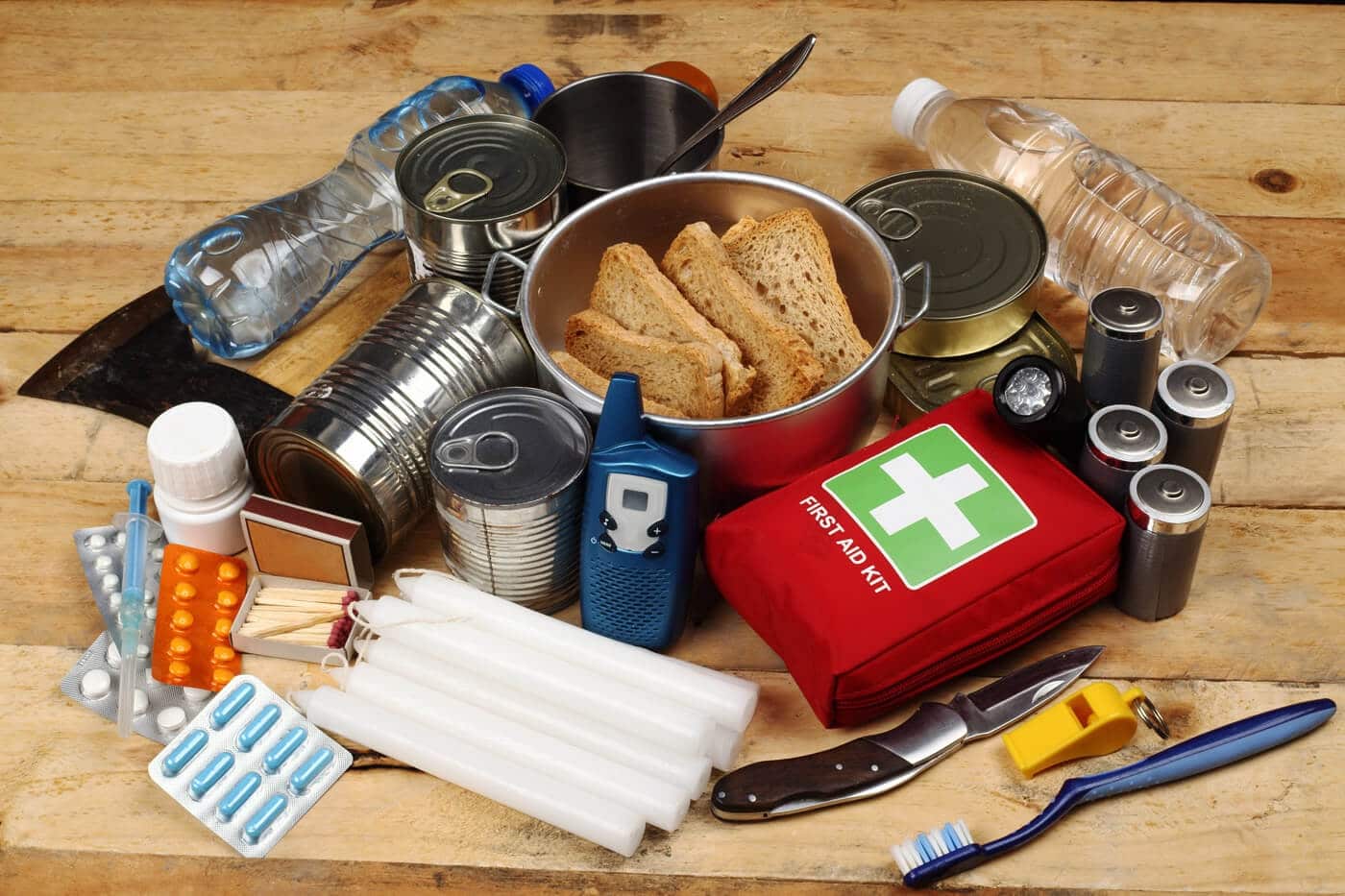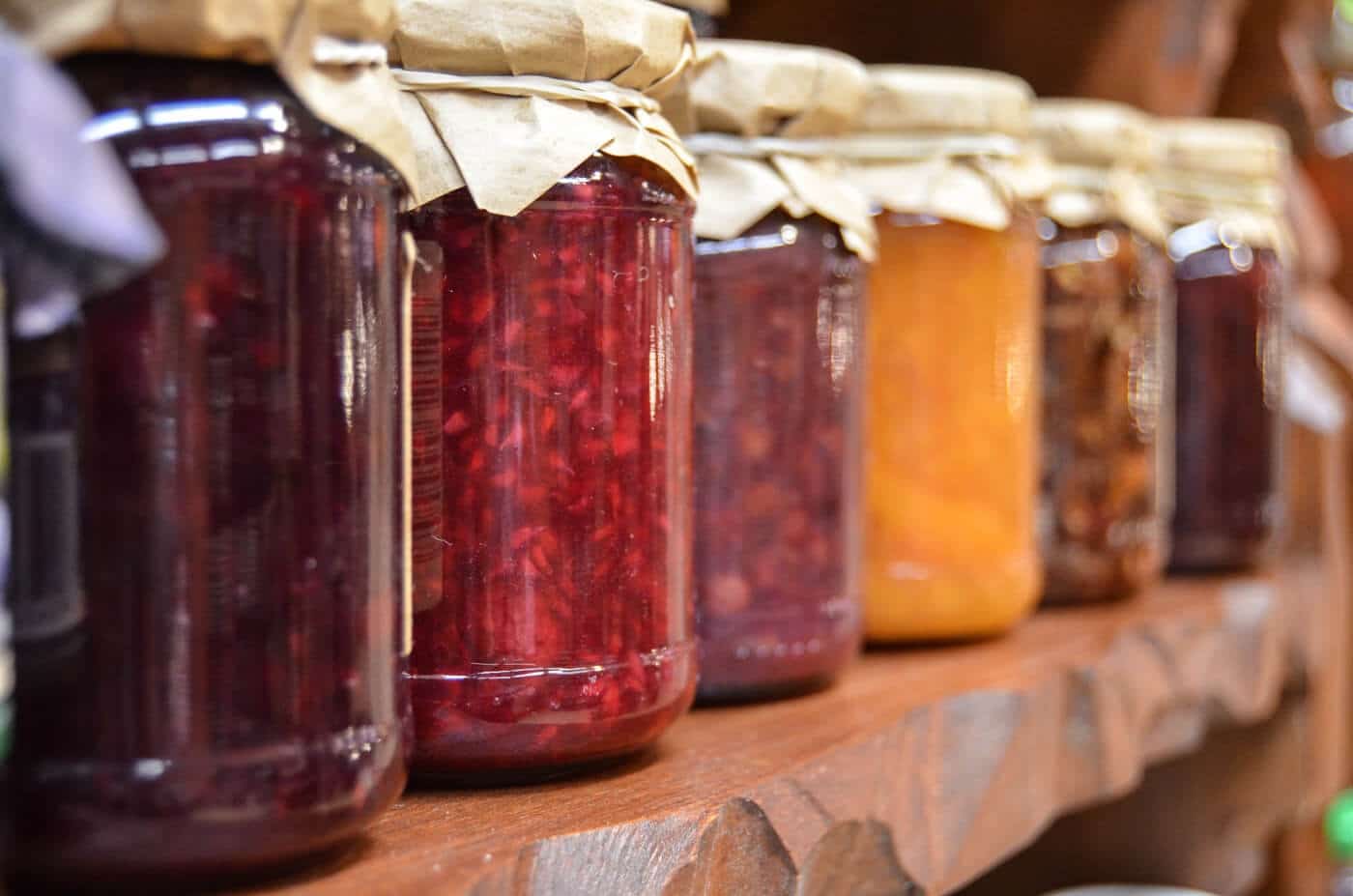Survival Food Storage — Buy or DIY?
May 12th, 2024
4 minute read
In today’s article, Kit Perez compares the benefits and drawbacks of DIY survival food compared to commercially prepared freeze-dried food and canned goods. Before stocking your pantry with Spam and MREs, give this article a read.
Storing food that will last for years is the cornerstone of prepping for all sorts of disasters or emergencies. Extra food can also keep your family secure during times of financial hardship as well. There’s no worse feeling than going to get food at the store and finding nothing but empty shelves.

Food storage comes in all flavors, too; you can buy meal kits, bulk freeze-dried, or even pack and can your own essential food stores using jars and mylar bags with a vacuum seal. If you’re just starting out with prepping, you might be wondering what direction is best for you and your family. If you’ve already started storing up food, you might be looking for a good way to diversify your stock or find items that last longer at room temperature.
Pre-Made Meal Kits to Store
- Pros: Convenience, ease of storage
- Cons: Price, possible quality concerns
Several vendors sell prepared meal kits that only require heat and water to use. They come packaged for long-term storage with a variety of foods. It’s by far the most convenient option; you simply buy and store.

Prices vary widely depending on the quantity, quality and type of food. Mountain House, for instance, produces meals that are widely regarded as some of the highest quality you can buy with incredibly long shelf lives; their prices, however, are often reflective of that quality.
On the other hand, highly affordable long-term food storage can also come with some negatives. Make sure that what might seem like a great deal actually provides you with enough caloric intake to survive for the amount of time the manufacturer claims.
Before choosing to purchase any ready-made meal kits, make sure to research more than just the price; look at ingredients, length of storability, quantity and calorie load in each meal.
Pro Tip: When selecting shelf stable food items for storage, buy a small quantity initially and try it out. You may discover the preparation process is problematic or you don’t like the flavor. After all, if you don’t like powdered eggs you don’t want to store them.
DIY Survival Food for Long-Term Storage
- Pros: Knowing what you’re getting, lower cost
- Cons: Limited use, requirement to use it all after opening
Another option is to get some 5-gallon buckets, oxygen absorbers and mylar bags, and pack your own DIY food storage. This is best for staple goods like corn, wheat, rice or beans.
You can buy the supplies fairly cheaply at a number of vendors online, and if you’ve done it yourself you know exactly what the quality and quantity is. The downside is that once you open the bucket, you’ll need to have a plan to use all of the contents in a relatively short timeframe. Once something is exposed to the air, it has an expiration date.
Before deciding to take the plunge and do your own, you’ll want to do some cost analysis, and be honest with yourself about what you’ll use. If you aren’t a fan of canned beans today, for instance, it’s not an effective use of your supplies, time or money to start prepping them in huge quantities.
Canning Options to Boost Your Emergency Food Supply
- Pros: Low cost, wide range of recipes and options available
- Cons: Shorter storage time
Home canning is a time-honored method of making your survival food. Done correctly, it can provide you with hundreds of foods, including jams, meats, vegetables and even some desserts. One of the benefits is the increased nutritional value of the food when compared to many options at the local grocery store when you buy food.

Canning as a method of food preservation is easy to learn, and while it requires the biggest time commitment, it also arguably offers the highest return on your investment — especially if you have your own garden. With a few solid sessions of canning, you can eat fresh food both in and out of season. And home canning will preserve your food for a long period of time. It’s a great way to extend the shelf life of fresh food.
The best way to maximize your home canning is to put up foods you’ll eat, use food that you’ve grown or raised yourself, and rotate your stock, eating your oldest food first. Canned food can last at least 18 months; many experienced home canners say it can last far longer than that if you’ve performed the process correctly.
Final Thoughts on Shelf-Stable Food Storage Preparedness
You may choose one of the listed methods above, or a variety of them. What’s best for you and your family might be different than your neighbors or friends. It all comes down to what you can afford, and what you’re willing to do. Regardless of your chosen method, however, whatever you stock now can help you later.
Editor’s Note: Please be sure to check out The Armory Life Forum, where you can comment about our daily articles, as well as just talk guns and gear. Click the “Go To Forum Thread” link below to jump in!
Join the Discussion
Continue Reading
Did you enjoy this article?

 122
122








